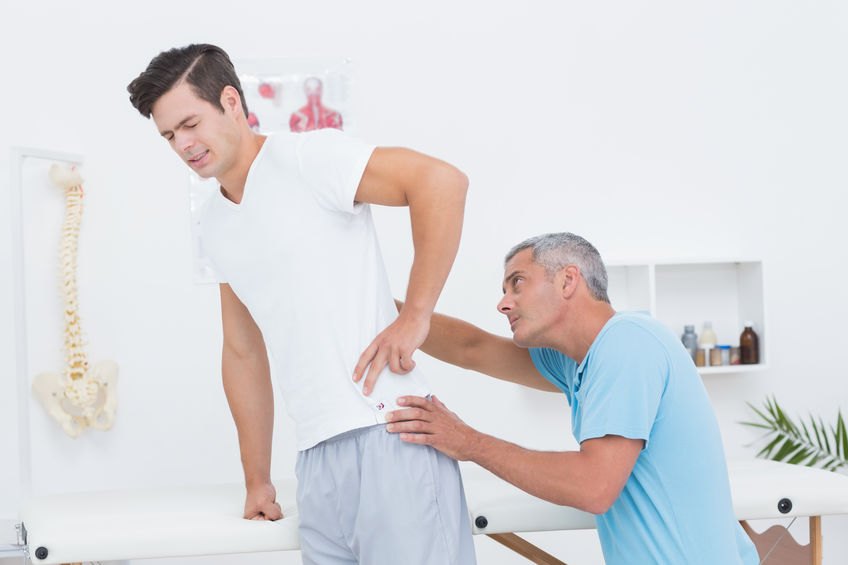Joint pain and mobility challenges can disrupt daily life, overwhelming even simple tasks. Whether caused by injury, arthritis, or chronic conditions, these issues often lead individuals to assume surgery is their only option. However, orthopedic physical therapy offers a powerful, non-invasive approach to restoring function, reducing pain, and improving quality of life. By focusing on targeted exercises, manual therapy, and patient education, this specialized branch of physical therapy addresses the root causes of musculoskeletal problems without the risks or downtime associated with surgery.
Understanding Orthopedic Physical Therapy
Orthopedic physical therapy focuses on diagnosing, managing, and treating disorders of the musculoskeletal system, bones, ligaments, tendons, and joints. Unlike general physical therapy, it emphasizes functional restoration through evidence-based techniques tailored to each patient’s unique needs. Whether recovering from a sports injury, managing arthritis, or rehabilitating post-fracture, patients benefit from a structured plan that prioritizes pain relief, strength, and mobility.
Key Techniques in Orthopedic Physical Therapy
1. Therapeutic Exercise Programs
Customized exercise regimens form the backbone of treatment. These programs target:
-
Strength Training: Building muscle around affected joints (e.g., quadriceps for knee stability) to reduce pressure and improve support1.
-
Flexibility Work: Gentle stretching alleviates stiffness in conditions like osteoarthritis or frozen shoulder.
-
Balance and Coordination: Exercises such as single-leg stands or agility drills to prevent falls and enhance joint stability.
For example, a patient with hip arthritis might perform clamshells and bridges to strengthen glutes, while someone with a rotator cuff injury could focus on resistance-band rotations.
2. Manual Therapy
Hands-on techniques like joint mobilization, soft tissue massage, and myofascial release improve range of motion and reduce scar tissue adhesion. Therapists apply controlled pressure to stiff joints or tight muscles, restoring natural movement patterns. This is particularly effective for post-surgical stiffness or chronic conditions like lower back pain.
3. Modalities for Pain and Inflammation
While exercise and manual therapy take center stage, adjunct therapies can accelerate healing:
-
Heat/Cold Therapy: Ice reduces acute swelling, while heat relaxes muscles and boosts circulation.
-
Ultrasound: Sound waves penetrate deep tissues to reduce inflammation and promote healing.
-
Electrical Stimulation: TENS units or neuromuscular electrical stimulation (NMES) block pain signals and reactivate weakened muscles.
Conditions Treated Through Orthopedic Physical Therapy
Osteoarthritis
Therapists emphasize low-impact exercises (e.g., swimming, cycling) for degenerative joint disease to maintain mobility without stressing cartilage. Strengthening surrounding muscles helps distribute weight more evenly, slowing disease progression.
Sports Injuries
From ACL tears to tennis elbow, athletes rely on sports physical therapy raleigh nc to regain power and agility. Plyometrics, eccentric loading, and proprioceptive training rebuild confidence in injured joints.
Post-Surgical Rehabilitation
Even when surgery is unavoidable, preoperative and postoperative physical therapy optimizes outcomes. Post-hip replacement patients, for instance, practice safe movement patterns to avoid dislocation and restore gait mechanics.
Chronic Back Pain
Core stabilization exercises, posture correction, and ergonomic education address imbalances that contribute to disc herniations or spinal stenosis.
Benefits of Choosing Non-Surgical Solutions
-
Risk Reduction: Avoid surgical complications like infections, blood clots, or prolonged anesthesia effects.
-
Personalized Care: Programs adapt to individual goals, whether returning to marathon running or lifting grandchildren without pain.
-
Cost-Effectiveness: Non-surgical treatments typically involve fewer expenses than surgery and hospital stays.
-
Long-Term Resilience: Patients learn self-management strategies, reducing reliance on medications or repeat interventions.
What to Expect During Treatment
A typical orthopedic physical therapy journey includes:
-
Comprehensive Evaluation:
-
Assessment of pain triggers, mobility limitations, and functional goals.
-
Movement analysis (e.g., gait or squat assessments) to identify compensatory patterns.
-
-
Goal Setting:
-
Short-term targets (e.g., “Reduce knee pain during stairs in 2 weeks”).
-
Long-term objectives (e.g., “Return to hiking in 3 months”).
-
-
Active Participation:
-
Patients commit to home exercise programs, often using apps or printed guides for consistency.
-
Progress is tracked through functional milestones, such as increased squat depth or reduced reliance on assistive devices.
-
Lifestyle Integration for Lasting Results
Orthopedic physical therapists often collaborate with patients to modify daily habits:
-
Ergonomics: Adjusting workstation setups to minimize neck or wrist strain.
-
Activity Pacing: Teaching joint-protection techniques for tasks like gardening or lifting.
-
Nutrition Guidance: Anti-inflammatory diets can complement physical efforts to reduce joint stress.
Why Orthopedic Physical Therapy Works
The human body thrives on movement. This approach taps into the body’s innate healing capacity by addressing biomechanical inefficiencies, improving circulation, and rebuilding strength. For example, a study-style approach (though not cited here) shows that consistent, graded exposure to movement retrains the nervous system to perceive less threat from activity, breaking the pain-fear-avoidance cycle common in chronic conditions.
Orthopedic physical therapy stands as a cornerstone of non-surgical care for joint pain and mobility issues. Individualized exercise, hands-on therapy, and patient empowerment offer a safe, effective path to reclaiming independence and activity. Whether you’re an athlete sidelined by injury or an individual navigating arthritis, this approach provides the tools to move better, hurt less, and live more fully without the need for a scalpel.

